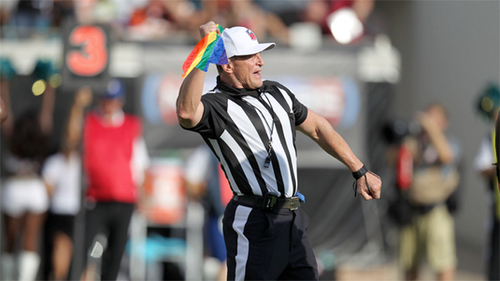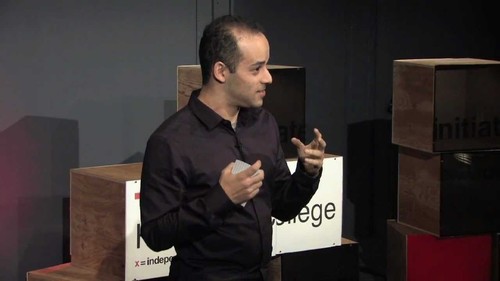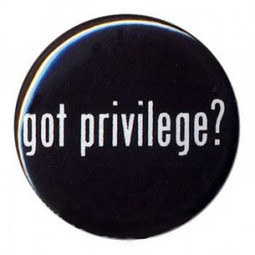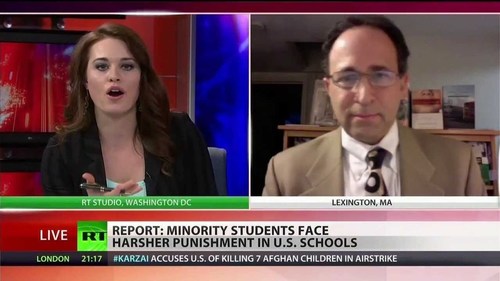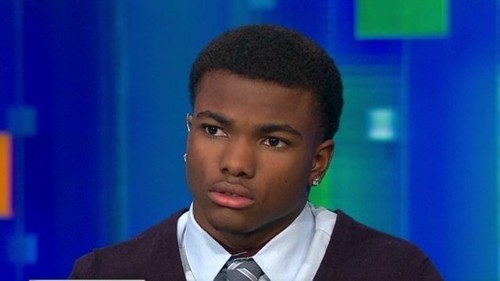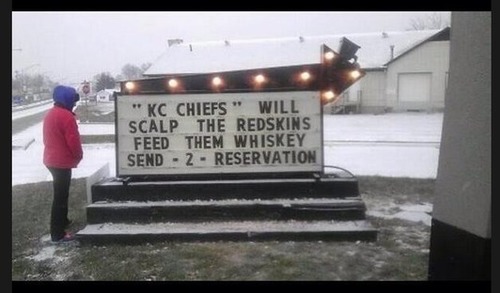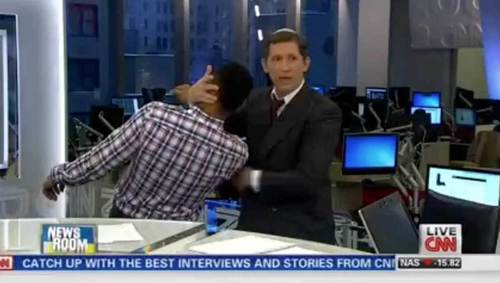“When I had that debate with the aldermen about the proposed sagging pants ban in St. Louis, I was on the phone with my ward’s representative. One of my arguments was that this law would be enforced along racial lines. I pointed to the fact that St. Louis arrests black people at 18 times the rate of white people for marijuana offenses despite similar rates of usage. He quickly countered that he knows white people who smoke marijuana, but they do it in the privacy of their own homes where no one can see them. “They’re not out on their front porch doing it!” he cried.
Obviously, he’s making some pretty sweeping generalizations about who uses marijuana how, but let’s go ahead and take him at his word for the sake of argument. White people smoke weed behind closed doors; black people do it on their front porches where they can be seen. The implication is that the white choice is the standard (“Sure, everyone does it, but these people do it the right way.”) To then say that a deviation from that choice is substandard (and thus deserving of an arrest) ignores the inequality present in what gets read as a “criminal” act.”
See on www.balancingjane.com



